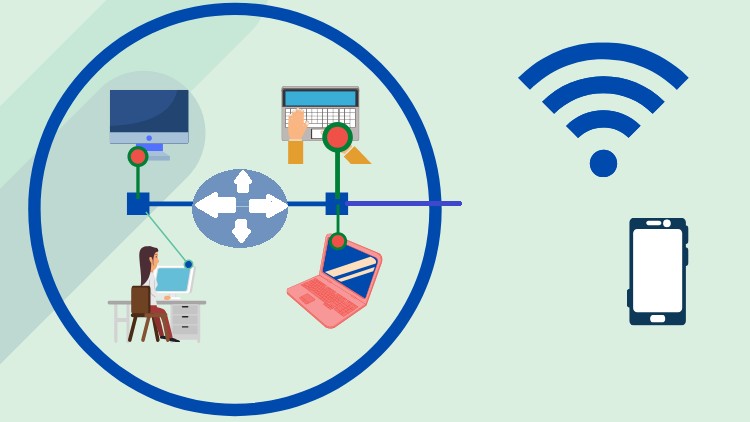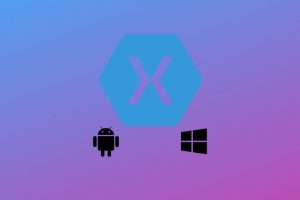Computer Network: Internet Protocol, IPv4 and Subnetting 1
Learn about IPv4, Internet Protocol, and subnetting in the computer network. Course to get certified.
What you’ll learn
Computer Network: Internet Protocol, IPv4 and Subnetting 1
- An in-depth look at IPv4 Variable Length Subnetmask (VLSM) with example networks.
- There are a lot of different certifications that students can get after taking this class.
- Class A, B, C, D, and E are the IPv4 groups (Theoretical and Practical Discussion)
- A lot of information about the Subnetting concept.
- In this class, you will learn how to answer any questions about IPv4, subnetting, and IP (Maximum Transmission Unit).
- IP Datagram Fragmentation: Only talk about the maximum transmission unit (More Fragment bit, Datagram Offset).
- At the end of the class, students can divide the network into subnetworks based on what they need to do, so they can finish the class.
- In this case, the broadcast IP address is for the whole network and the whole subnetwork as well.
- A detailed look at Fixed Length Subnetmasks (FLSM)
Requirements
-
There are no prerequisites.
Description
There are three things you need to know about IP Addresses (IPv4), Subnetting, and Internet Protocol (Maximum Transmission Unit).
It is important for us to know how to use IP addresses.
Do you want to learn more about how subnetting works?
Is it important to you to learn how the Internet Protocol does Datagram Fragmentation quickly?
Then, you’re on the right page, too. In this class, we started at the very beginning and went all the way to the very end. For each subject, solid situations and numerical problems are talked about and solved.
What you will learn in this class:
-
IPv4
- Numbering systems and how to convert them (Binary to Decimal and Decimal to Binary).
- This is how IPv4 addresses work.
- A, B, C, D, and E are the classes in IPv4 – they are the same as in IPv3 (Theoretically and Practically).
- Every class has different ranges and how they work.
- The process of getting the network address and the host address
- Broadcast the IP address for the main network to everyone.
-
Subnetting
- For what reason does subnetting need to be done?
- To subnet, you need a certain number of bits and how to set these bits.
- The number of ways to set subnetting bits.
- Why do you need a subnet mask and how to set one up.
- It has a fixed length subnet mask (FLSM)
- Solid examples of subnetworks
- Getting the subnetwork id and host id
- A subnet mask that can be changed in length (VLSM)
- The broadcast IP address for the subnetwork is now set. This is how to do it.
-
The Internet Protocol is a set of rules for how (Maximum Transmission Unit)
- Fragmentation is why and where it will happen.
- Datagram Fragmentation will happen in this way: 1.
- How to put together Fragments at the destination.
- How to do Fragmentation on packets that have already been Fragmented.
A bonus:
You will be able to understand binary number systems and how to convert them ( easy and fast techniques are used).
Self-assessment questions will be given with good practice questions.
WHO CAN ATTEND THIS COURSE:
- Students.
- To get CCNA, CCNP, MCSE+, A+, and other network certifications, you need to study for them.
- Prospects for the GATE CS/IT test.
- Aspirants for competitive exams.
- Anybody who wants to learn more about computer networks.
Welcome to this course page. See you in class. All the best!
Who this course is for:
- For students who study.
- To get certified.
- Then, for Competitive Exams.
Computer Network: Internet Protocol, IPv4 and Subnetting 1
JavaScript Countdown timer with PHP Subscribe form Course
Download Now









